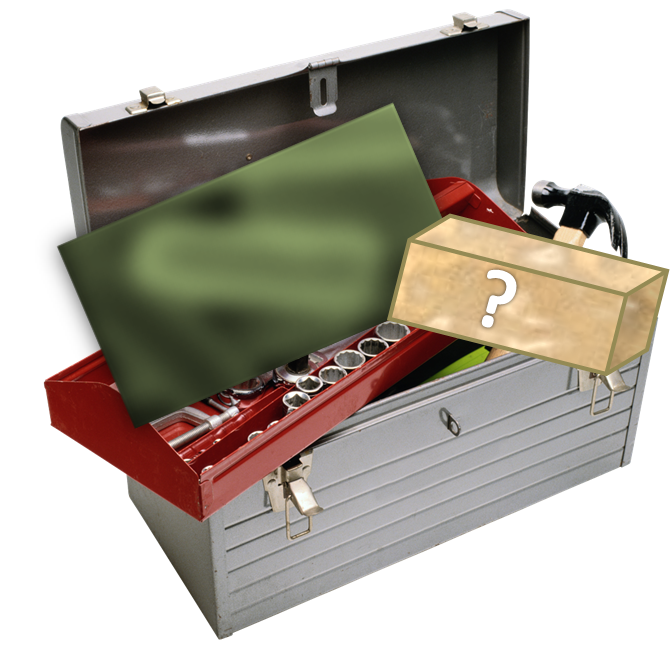Team:Washington/Magnetosomes/Future
From 2011.igem.org
(→Gibson Assembly Toolkit) |
|||
| Line 3: | Line 3: | ||
<center><big><big><big><big>'''iGEM Toolkits: Future Directions'''</big></big></big></big></center><br><br> | <center><big><big><big><big>'''iGEM Toolkits: Future Directions'''</big></big></big></big></center><br><br> | ||
| + | [[File:Washington_iGEM2011_futuretoolkit.png|300px|center]] | ||
=='''Gibson Assembly Toolkit'''== | =='''Gibson Assembly Toolkit'''== | ||
| Line 11: | Line 12: | ||
We will keep working on adding more components into the toolkits at UW and hope that iGEM community will be able to use toolkits to join in on the fun! | We will keep working on adding more components into the toolkits at UW and hope that iGEM community will be able to use toolkits to join in on the fun! | ||
| + | |||
----- | ----- | ||
Revision as of 03:51, 24 September 2011
Gibson Assembly Toolkit
1. Remove XhoI site from pGA3K3 vector
2. Remove homologous regions from pGA4A5, pGA4C5 vectors
We will keep working on adding more components into the toolkits at UW and hope that iGEM community will be able to use toolkits to join in on the fun!
- Gibson Assembly Toolkit
We have developed and submitted several vectors that are Gibson Cloning friendly(see the "parts submitted" page). More of such vectors should be developed and added to the toolkit in the future.
- Magnetosome Toolkit
We still have a long way to achieve our goal of making magnetic E.coli but this project is certainly worth investigating. We have a ton of project ideas for the future teams...
- Express the rest of the gene in the R5 region of MAI in E.coli
- Investigate other regions (R1-R14) of the Magnetosome Island
- Co-express the genes and study their interaction
- Build the scaffold structure in E.coli
- Express the full assembly in E.coli
- Develop assay for the magnet formation
- Determine the optimal cell growth condition......
In addition, the ability to produce and control uniform, nano-sized magnetic particles is attractive in areas such as medical imaging and nano-electronics where scientists and engineers are actively seeking innovative solutions for advancements in size and accuracy. Thus, if we are able to produce magnets in an organism that are thoroughly understood in a controlled manner, and be able to extract the magnets from them, this indeed is going to be very useful for a lot of areas.
 "
"



